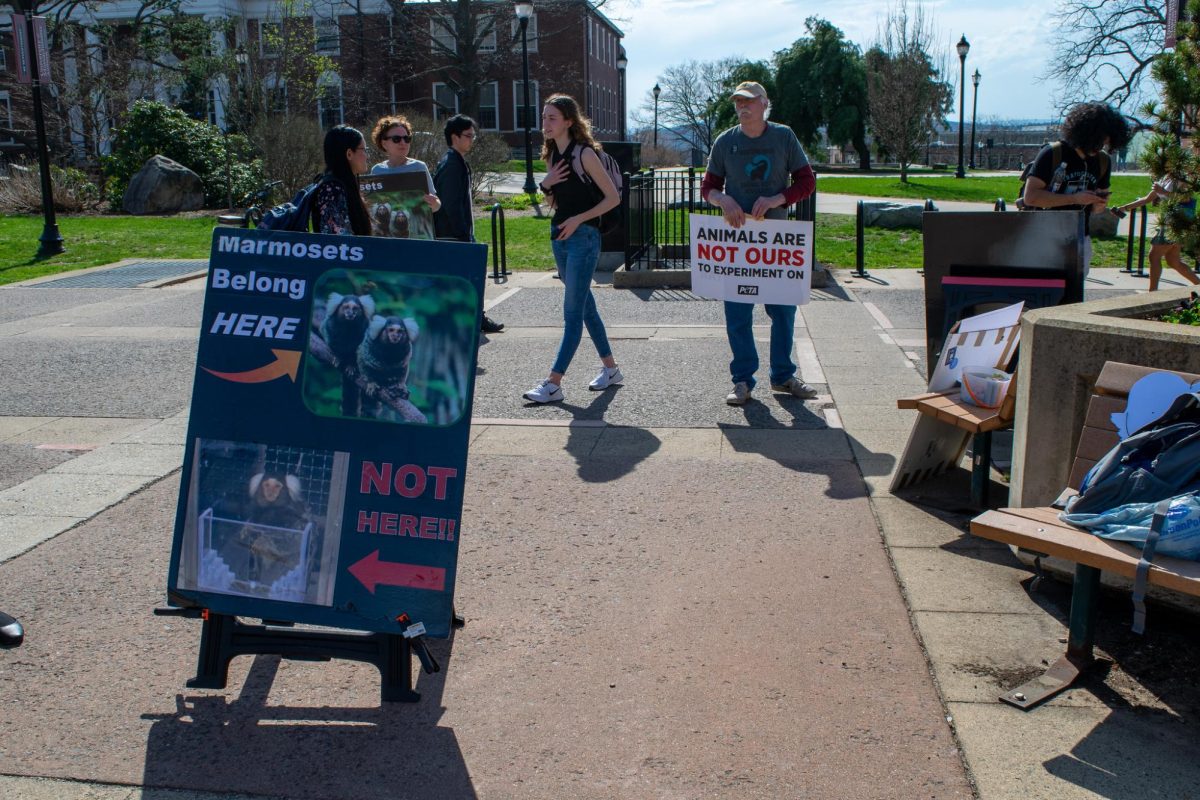Throughout the ages, the most economic and expedient method of trash disposal was to dump garbage no farther than one could heave, pour or excrete it. Yet the bottle-sorting liberal elite now argues that we must reduce, reuse and recycle our waste or face irreversible ecological damage. This is patent nonsense. Garbage represents many things for modern civilization, such as an appreciation of the past. The greater the garbage, the greater a civilization. Recycling is nothing less than historical revisionism, and environmentalists are the unabashed censors of our time.
The Egyptian government, presiding over perhaps the largest historical patrimony in the world, completed a mass pig culling in May of this year. Why pigs? The given reason was to fight swine flu, but there have been no cases of the flu in Egypt. However, pigs formed a part of the ad hoc garbage disposal system in major cities like Cairo and Alexandria. The pigs were kept by the Zabaleen, who were Christian garbage collectors. The Zabaleen would gather trash door to door, bring it to a dump and let the pigs eat the organic matter. Then they would eat the pigs. A system of insidious balance between the Muslims’ need for trash collection and the Zabaleen’s need for a cheap food source.
Garbage forms an integral part of archaeological preservation. Many long-inhabited cities in the Middle East sit upon tels, or hills, formed from packing ruins of former cities on the site with trash. This has the effect of smoothing out the ground and providing a flat location to build upon. Surely with the resilience of our modern plastics, which take tens of thousands of years to break down, we can build foundations for indestructible cities.
Fortunately, the streets of Cairo have quickly filled with garbage since May. Without pigs to feed and subsequently eat, the Zabaleen have no more incentive to collect what they cannot use. The Egyptian government, with a characteristic desire to protect antiquities from the past and future, bickers with an international garbage disposal firm, and nothing gets done. At last Egypt maintains a truly sustainable history.
There is a staggering number of applications for the great heaps of garbage in Cairo. They need only travel a few miles to find the Great Pyramid and Sphinx at Giza. Both structures have been exposed to the harsh elements for thousands of years. The lost nose of the Sphinx, often lampooned in popular culture, and the blunted tops of the pyramids are some examples of damage. Clearly the only solution is to coat the structures with a protective layer of filth.
In this economy, we should be more concerned with preserving sites of historical importance than keeping them open but underfunded. Nuclear waste disposal has the potential to make sites of supreme importance sacrosanct for millennia. Why bury it in obscure mountains when we can cordon off our graveyards and memorials with the warm grip of radioactive death?
If whales and dolphins are destined to die from intentional or accidental encounters with fishermen, then should we not encase a few examples within plastic garbage dumped into the sea? Millions of years from now, evolved post-human life forms will dig up the fossils and marvel at our forethought.
American college dorms will be among the best preserved structures in the world. At UMass in particular I have seen a great amount of preservation work along the footpaths on campus and floating in the pond with the ducks. In fact, there is a pile of reeking garbage down the hall from my apartment in North Residential Area.
I dream of the day when the Great Pyramid’s apex acts as a low garbage mark – the day I can stand face to face with Lady Liberty without the aid of a helicopter.
Environmentalists would have us wait for the extraordinary fortune of the Pompeiians, with their city buried under natural volcanic ash and choked with soot. Instead, let us embrace the staggering size of waste we produce and put it to use. So pull our garbage bags up by the tie straps, empty it on the very spot upon which we stand, and litter for posterity’s sake.
Chris Amorosi is a Collegian columnist. He can be reached at [email protected].






